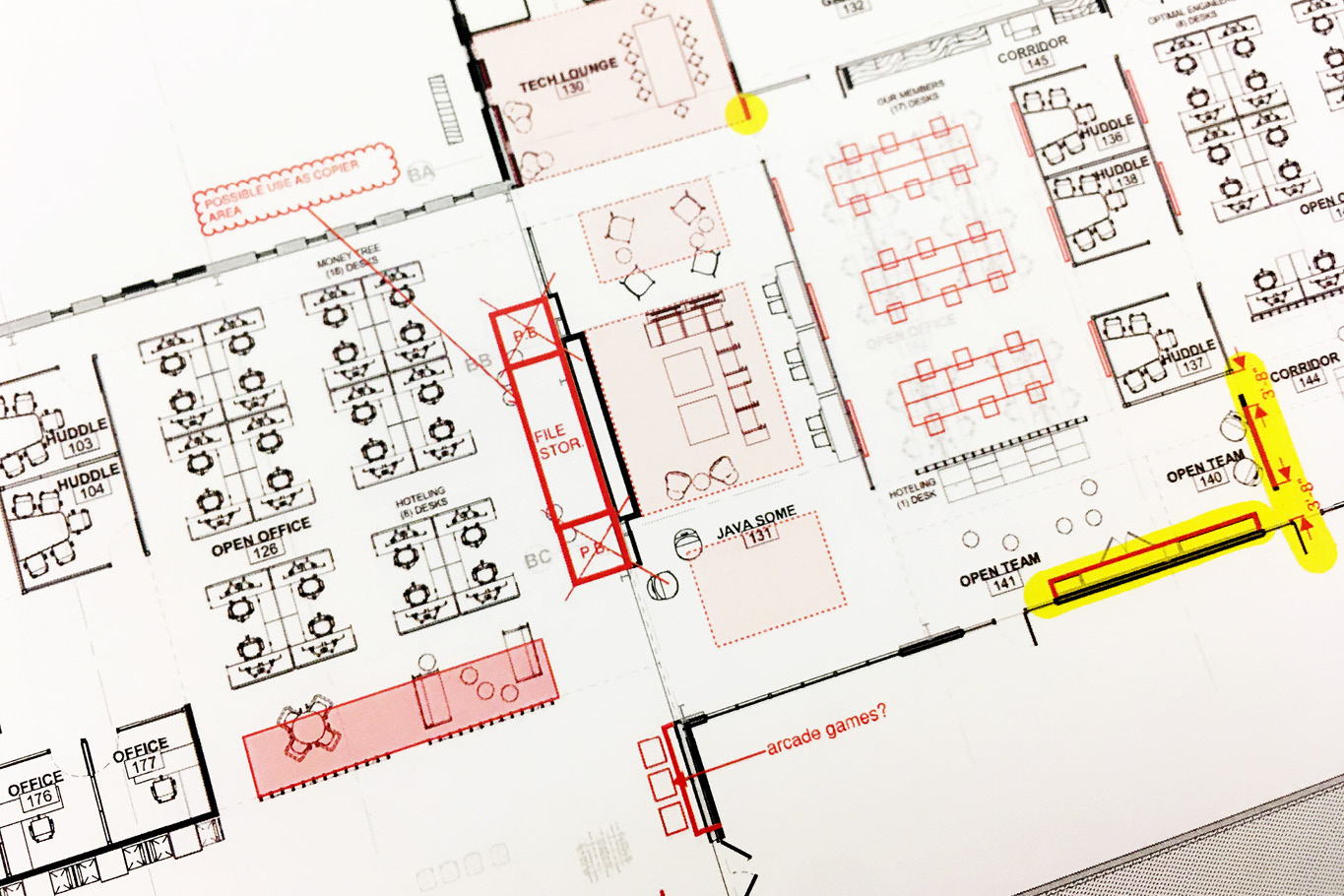Value engineering (also known as value management) is the process of analyzing a building’s features, systems, and equipment and finding alternative, lower price solutions. It aims to reduce a project’s construction costs without sacrificing quality.
Providing value is easier said than done. Your architect must consider the long-term costs of building ownership, as well as your construction budget. If done improperly, reducing initial costs can leave you paying more in the long run.
We aim to educate you on every aspect of the design and construction process, including the mishaps, inconveniences, and problems you may encounter. This article will discuss some of the long-term problems you may face if value engineering is done improperly. After reading, you’ll be better prepared to discuss value engineering with your architect and avoid its pitfalls.
4 Value Engineering Pitfalls
1. Increased Maintenance Costs
Researching materials and finding alternative, lower-priced options is a common value engineering practice. Ideally, your architect will find lower-priced materials with a comparable long-term value.
If your architect does not consider durability, you could pay more maintenance costs. For example, terrazzo flooring has a higher initial cost but requires little long-term maintenance. An inexpensive material like Vinyl Composite Tile (VCT) has a low initial cost but requires frequent waxing and restriping and may need to be replaced if not properly maintained.
If you replace terrazzo with VCT, you are simply decreasing your initial costs and increasing your long-term costs. Your architect may suggest a polished concrete floor as a value management option if your budget does not allow for terrazzo.
Polished concrete has a lower initial cost than terrazzo but performs similarly in terms of durability and maintenance. However, polished concrete may not provide the look you are trying to achieve. Your architect will need to account for both initial price, maintenance cost, and aesthetics while performing value management.
2. Increased Replacement Costs
A lower quality material can also increase long-term replacement costs. For example, you can significantly reduce your initial budget by selecting a lower-quality roofing system.
Unfortunately, you may need to replace this system more often than a higher-quality alternative. As with maintenance costs, initial savings may only be perceived. When looking for ways to reduce initial costs, your architect should focus on components of the building that will have fewer long-term implications.
If your budget does not allow for a higher-performing system, we recommend planning for replacement in your building maintenance budget. Saving for a higher-performing system will help reduce both long-term costs and the amount of waste entering landfills.
3. Contractor-Related Problems
Value engineering is an ongoing process that should be woven into every phase of design. In some situations, however, it may occur after the bidding process.
If an oversite or an unexpected rise in construction costs increases bids, your architect can return to design and find ways to reduce cost. Unfortunately, this approach can potentially cause problems with your contractor.
Contractors base their bids on the cost of labor and materials, as well the amount of profit they need to make. In a competitive bidding environment, you choose the contractor who offers the lowest responsible bid.
When you dramatically reduce the construction cost after bidding, you impact the contractor’s ability to make a profit, and the contractor has less incentive to offer the best possible price.
Your architect should avoid these situations by accurately estimating costs throughout the project and, if necessary, planning alternates.
Read about how you can avoid value management after bidding to learn more.
Keep in mind that contractor-related issues may only occur in a competitive bidding environment. Depending on your project delivery method, you may not go through a bidding process.
4. Extra Detailing
Replacing materials can be costly, especially later in the design process. Often, new material choices require additional detailing and, potentially, new parts for installation. Depending on your architect, this extra work can increase the cost of professional fees.
Swapping out materials that are used sparingly in the design for lower-cost alternatives is usually not the best value engineering technique. Generally, the overall savings does not amount to a large number. Instead, your architect should focus on the parts of the building that will impact the budget the most or areas that do not require as much extra design work.
We recommend engaging in a value engineering process in each phase of design. Your architect should research materials and select the best options for your budget throughout the process, rather than changing materials after completing the contract documents.
Avoiding the Pitfalls of Value Engineering
Clear communication between you and your architect is the easiest way to avoid the problems associated with value engineering. At the project’s onset, your architect should establish alignment between your goals and budget.
If your goals and budget are misaligned, you can either reduce the project’s scope or increase your budget by seeking additional funding. Regardless of the path you choose, have these conversations early to prevent costly and time-consuming changes down the road.
Throughout the design process, keep costs top of mind. In the Design Development phase, you and your architect will explore your options for systems, materials, and equipment. If a price seems out of your range, ask about lower-cost options.
At the same time, you should ask about the long-term implications. Your architect is there to guide you through the process and help you weigh the pros and cons of each decision.
Learn More About Costs
Value management occurs on nearly every building project. Although your architect aims to reduce initial costs, they are not “cost-cutting.” Instead, they are trying to get the best price while still providing long-term value.
Value engineering needs to be done in an informed way. If you do not consider the long-term implications of your decisions, you may pay more for your building in the long run.
To learn more about the long-term costs of building ownership, read our overview of life cycle costs.
